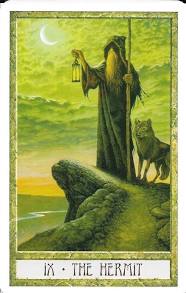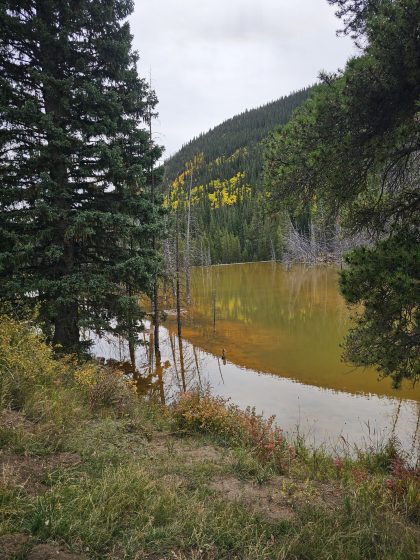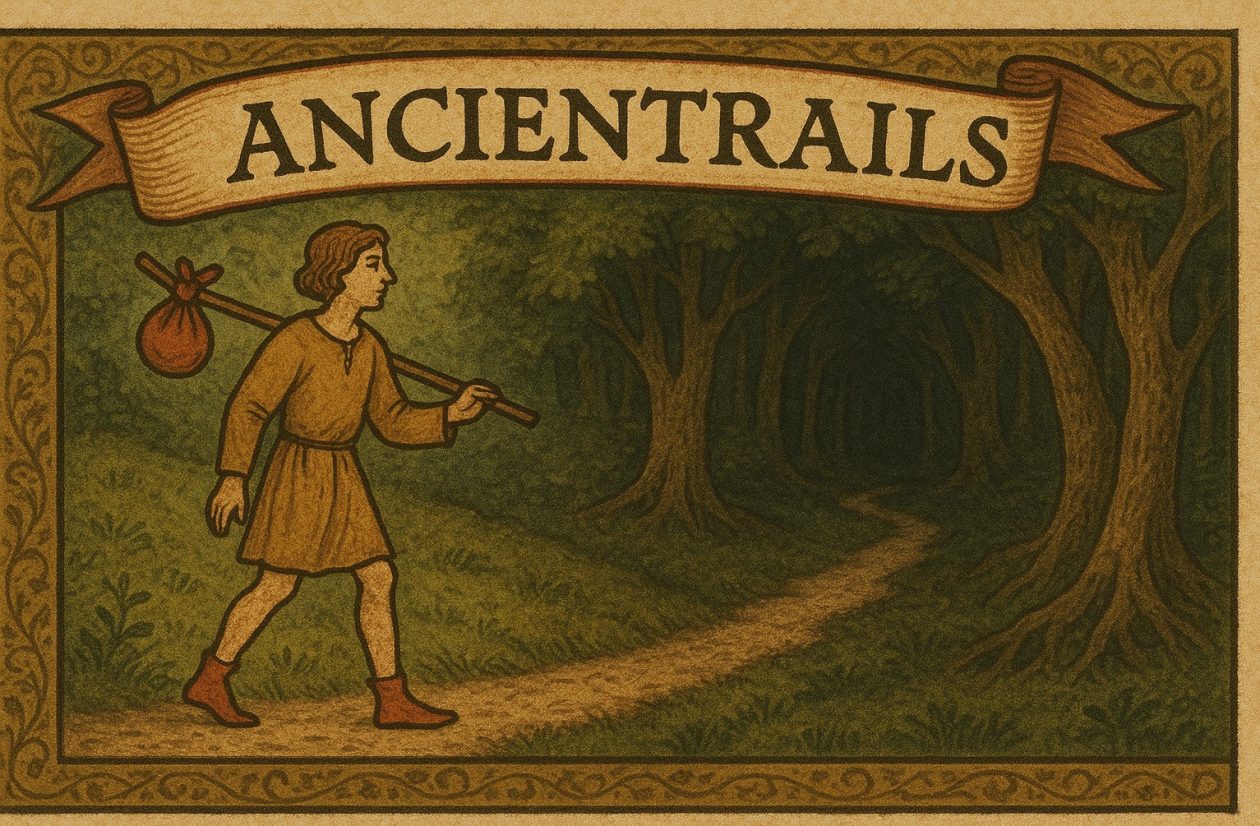Mabon and the Harvest Moon
 Thursday gratefuls: Veronica, who will finally get her harmonica from Hannukah. Ginny and Janice. Such fun. Luke on Sunday night at Bella Collibri for his birthday. Ruth and deer on her morning walk before work. The Elk Rut. Black Bear hyperphagia. 20,000 calories a day. Aspen gold. Maxwell Creek running full from Tuesday’s Rain. A Mountain life.
Thursday gratefuls: Veronica, who will finally get her harmonica from Hannukah. Ginny and Janice. Such fun. Luke on Sunday night at Bella Collibri for his birthday. Ruth and deer on her morning walk before work. The Elk Rut. Black Bear hyperphagia. 20,000 calories a day. Aspen gold. Maxwell Creek running full from Tuesday’s Rain. A Mountain life.
Sparks of Joy and Awe: A Mountain Fall
Year Kavannah: Wu Wei
Week Kavannah: Yirah. Awe and Wonder
“Awe is more than an emotion; it is a way of understanding, insight into a meaning greater than ourselves. The beginning of awe is wonder, and the beginning of wisdom is awe.” Abraham Joshua Heschel
Tarot: #9, The Hermit (Druid Craft)
- Seeking guidance: While primarily about internal wisdom, the card can also indicate seeking a mentor, teacher, or counselor to help illuminate your path.
- Caution and planning: The Hermit advises against impulsive action. It’s time to consider and plan your next move carefully and with discretion.
One brief shining: Saw Jimmy Kimmel’s monologue, also Jon Stewart’s after Kimmel’s initial benching; uneasy lies the head of the court jester, the one who sees the Burger King for what he is “…stark, raving mad.” (senior U.N. diplomate) and tells what they see, making people laugh, yes, laugh at his buffoonery.
 Dog journal: After weeks of regular return in the evenings, Shadow has become skittish about coming in. Makes me sad. And, it’s a deal breaker. If I can’t keep her safe from night hunting Mountain Lions and quiet for the neighbors, she’ll have to find a new home. And, I very much don’t want that,
Dog journal: After weeks of regular return in the evenings, Shadow has become skittish about coming in. Makes me sad. And, it’s a deal breaker. If I can’t keep her safe from night hunting Mountain Lions and quiet for the neighbors, she’ll have to find a new home. And, I very much don’t want that,
Janice’s niece Heather, a dog trainer, is moving to Kittredge and has helped her and Ginny with Annie. May have to switch training models to save Shadow’s life with me. I’m so deeply invested in Shadow; I love her so much that I can’t imagine life without her.
Right now she’s back inside after her early morning constitutional, playing with her new ball, rolling it with her nose, chewing on it till it squeaks, then turning to the new, bigger tire I got her. She’s so good to buy for because she gravitates toward new toys. She’s a delight in every way but that crucial one.

A Mountain Fall: Below is a thirty second clip of an Elk Bull bugling. Not sure how the sound got that moniker, but it reminds me more of a distressed varmint than a 700 pound, weaponized ungulate male hunting for a date.
This is also the time Black Bears go into hyperphagia. A biological imperative triggered by the change of seasons, a Bear in hyperphagia will eat constantly, working to put on protective fat and sufficient body weight to survive the upcoming winter and hibernation.
They will break into cars and trucks, garbage cans, even homes to satisfy this urgent craving. That’s why Mountain wise folk never put their garbage out until the morning of pickup. I often see upturned plastic bins with debris scattered around them.
Too, a Mountain fall features only the golden turn of Aspen Leaves against the evergreen of Lodgepole Pines. Very unlike the Midwestern fall when deciduous Trees like Oaks, Maples, Ironwood, Ash splash color in vivid hues all across the landscape. Can you imagine what it was like before the Big Woods were cut down?







